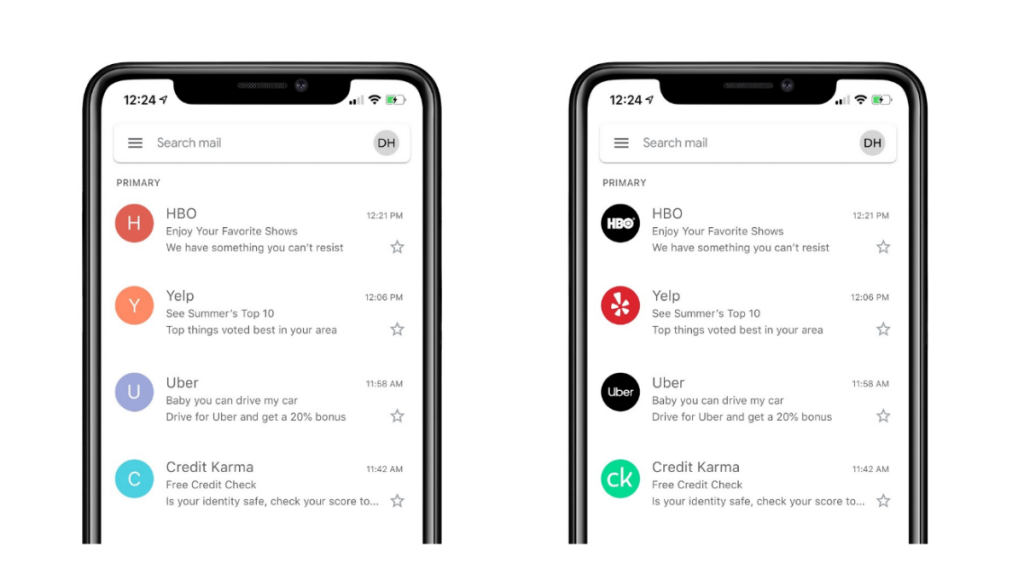Brand-Indicators for Message Identification is more than just another additional layer to your email security posture, it is also an effective marketing tool. BIMI allows organizations using mailboxes that support it, to attach brand logos to their emails. This helps visually affirm that the received email is legitimate, and increases the chances of your potential customer opening it. Today we are here to discuss BIMI selectors, their uses, and when should you consider configuring them. This is especially beneficial for enterprises that make use of more complicated branding techniques.
What are BIMI Selectors?
Much like the different DKIM selectors configured on different subdomains that you use to conduct business, BIMI selectors also work in a somewhat similar way. A BIMI-Selector header is a critical element for displaying different logos for multiple brands or companies based on subdomains. While you must still adhere to the core requirements as described in the BIMI logo specifications, this is an additional feature that provides you with more liberty pertaining to the display of more than one logo.
Note that it is not compulsory to configure a BIMI-selector header manually since a default header is assigned to your BIMI DNS record and “From” header during implementation. However, it is an important step that you can’t dismiss if you want to display multiple BIMI logos for a particular From domain.
You can configure BIMI for your domain by publishing a record in your DNS created with the help of a BIMI record generator. After you are done publishing your BIMI record, you can now define different BIMI-selector headers for configuring contrasting logos to represent your brand. Thereafter when you send an email from your domain, the receiving server queries the sender’s DNS for the BIMI record. While performing the DNS lookup, in case the BIMI-selector header is missing, the server looks up the “From” header using a default selector. Otherwise, the receiver’s server queries your DNS using the selector configured by you in the added header.
What are the BIMI-Selector Header Tags?
In order to configure a BIMI-selector header, there are certain key constituents or tags that form the syntax of the header. They are the following:
- Header name: the name of your BIMI-selector header, which by default is always BIMI-Selector. This field is compulsory.
- v: the version of BIMI configured (BIMI1). This field is compulsory.
- s: Also a compulsory field, this tag defines the name of the BIMI selector you want to configure. The name of your selector can be an alphanumeric value.
Note that whatever you decide to name your selector, the value should be consistent with the selector name displayed in both the BIMI header as well as the BIMI record that you have published in your domain’s DNS.
What is the Correct Syntax for a BIMI-Selector Header?
By default, the BIMI DNS record for a domain (e.g domain.com) points to default._bimi.domain.com. However, a domain owner can define an additional selector header based on a subdomain if he wants to display a different brand logo while sending a particular email.
Similar to publishing a BIMI DNS record, you need to make an entry for an additional BIMI-selector header in your DNS in the form of a text (TXT) record, to configure it. Let’s take a look at the correct syntax for a BIMI-selector header
BIMI-selector header syntax example:
BIMI Selector: v=BIMI1; s=bimi2021;
Note: if you configure the selector header for a subdomain you are using to send your email, the receiver’s server will look up the BIMI record based on bimi2021._bimi.sub.domain.com. If the server finds no existing BIMI record in the DNS, it gets rolled back to look up the “From” header using the default BIMI selector for the main domain (default._bimi.domain.com).
To modify and view your BIMI record configurations easily using hosted BIMI services, get access to your own PowerBIMI dashboard. Sign up for our DMARC report analyzer today!

